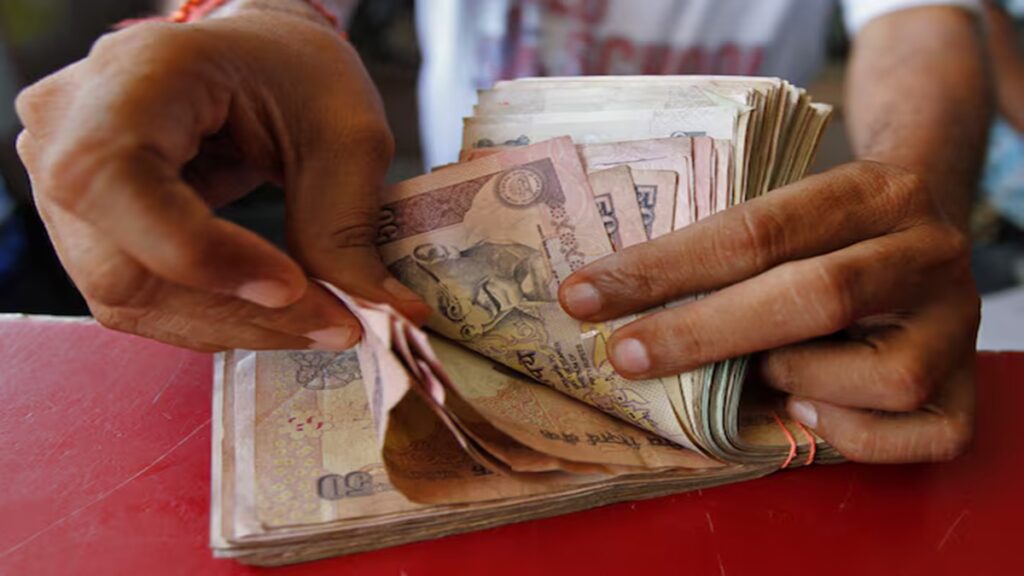MUMBAI/NEW DELHI: The wait for a new capex cycle only appears to get longer. The value of new projects announced by the private sector was up just 3.3% on year in the March quarter, causing its share in all projects unveiled to decline to 69% from around 82% in both the previous and year-ago quarters.
Data from Centre for Monitoring Indian Economy (CMIE) also showed that in the whole of 2024-25, private-sector capex fell nearly 9% on year to Rs 26.8 lakh crore, the lowest in three years. It is for the second straight year private capex dropped on a year an year basis, implying the post-Covid pick-up was short-lived.
Also worrying is a big, sustained drop in the rate of completion of projects, exposing a big dent to the capacity of both the government and private sectors to implement them. The value of projects completed in January-March 2025 quarter was 62% lower than that in the year-ago quarter, while the rates of annual decline were 32%, 37% and 77% respectively in Q3, Q2 and Q1 of 2024-25.
On an aggregate basis, new projects announced in Q4FY25 were worth Rs 18.7 lakh crore, up 23.3% on year, as per the CMIE. But this came off a low base (-12.2%). The first quarter typically witnesses more project announcements than the other quarters of a financial year.
The latest sets of CMIE data on projects come close on the heels of the statement by the Union finance ministry in its monthly economic report for February that the external risks to economic growth could be “overpowered considerably” if the private sector were to invest in the economy, banking on the resilience of the domestic economy. “It is essential that the industry recognises the mutual endogeneity of its investment spending and consumption demand,” the ministry had said.
A recent study by Crisil notes that FY26 capex will also be weak given the volatile global environment and unevenness in demand. This is despite profitability of India Inc likely to increase for the third straight year. Crisil studied 800 companies excluding firms in the banking and finance and oil and gas sectors. The study showed that pre-tax profit margins were set to widen to up to 20% in FY26 on the back of soft commodity prices.
Analysts at ICRA say that the fall in capex for two successive years can be attributed to weak domestic consumption, especially urban, muted export demand, and influx of cheap Chinese imports in some sectors, which has hurt expansion plans of Indian corporates. The trend is likely to be similar in FY26 given the uncertainty created by looming trade and tariff wars triggered by the US. “The slowdown in capex seen in FY24 and FY25 has been driven by unlisted entities. Listed corporates continue to expand,” K Ravichandran, executive vice-president and chief rating officer, ICRA, said.
But Paras Jasrai, senior analyst and economist, India Ratings and Research, believes that India Inc’s overall investment sentiment remains weak, prompting the successive fall in capex over two years. “Private sector investment will likely be below 11% of GDP for FY25, based on the trends from the latest national accounts data and company fillings,” Jain says. It declined to a three-year low of 11.2% of GDP in FY24, which was lower than the pre-Covid-19 average of 11.8% of GDP. Jain notes that the overall investment rate has also declined to 31.1% of the gross domestic product in FY25 as per the second advance estimates.
Top India Inc executives find the environment is challenging for now. “The demand environment remains challenging and capacity utilisation is not optimal at the moment. So, companies will be circumspect,” Nadir Godrej, chairperson, Godrej Industries Group, said.
In FY25, public capex also slowed down considerably, partly due to the general elections at the start of the year. In April-February, the Centr’s capex grew just 0.8% on year, meaning that the revised estimate of Rs 10.2 lakh crore for FY25 might have been missed by a wide margin. An analysis of state governments’ capital expenditure by FE recently reveled that the growth would be flat in the current financial year, despite a marginal pick-up in recent months.
Source: The Financial Express




 USTR Report Turns Up The Heat On India On Trade And Tariff Issues
USTR Report Turns Up The Heat On India On Trade And Tariff Issues 